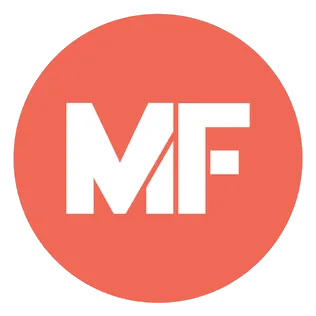Why do they dye cheese yellow? - Big Questions (Ep. 12)
3K views
Apr 3, 2025
A weekly show where we endeavor to answer one of your big questions. This week, Bridget Kline asks: "Why do they dye cheese yellow?"
View Video Transcript
0:00
Hi, I'm Craig. I can eat an entire block of cheese in one sitting, and this is Mentofloss on YouTube
0:04
Today I'm going to answer, B to the Randen's big cue to the Westian
0:08
Why do they dye cheese yellow? Well, B to the Randon, they don't always. According to Liz Thorpe, author of The Cheese Chronicles
0:14
people's preference for white versus yellow is mostly cultural. Wisconsin is yellow cheddar territory
0:19
Vermont is white cheddar. So it depends on where you're at. I'm from Wisconsin, so I like to consider myself an expert on beer drinking
0:25
But they also make a lot of cheese. So, let's get started. Interestingly, the concept of dyeing cheese yellow or orange is because some cheeses are naturally yellow
0:41
It makes sense though that cheese would be white since it comes from white milk. But this wasn't the case during around the 16th century in England
0:47
Back then, cheese was primarily produced out of the milk of Jersey and Guernsey cows
0:51
These cows spent their days chewing grass rich with beta-carotene antioxidants. You probably recognize beta-carotene as the compound found in things like carrots, pumpkins, sweet potatoes
0:59
sweet potatoes. Also, as I'm sure you've figured out, beta carotene is a bright red orange color
1:03
So, these cows would chew on grass and beta carotene would dissolve in their fat stores
1:07
Then they would produce milk with beta carotene in the cream, which is basically the fat
1:11
That right You pour cow fat on your cereal By the way the beta carotene doesn make the milk orange The orange pigment emerges in the cheese making process when the cheese is cooked as protein clusters separate and fat membranes dissolve
1:21
So, cheese was orange back then. But by the time the 17th century rolled around, cheesemakers developed a new method
1:26
They started removing the cream before making the cheese. That way they could sell it as a different product. Jerks
1:32
But they didn't want their customers to know that it was any different, so they dyed it orange to make it look like the higher quality products
1:37
Again, jerks. For dye, they used things like carrot juice, marigold, and saffron
1:41
Nowadays, manufacturers typically dye cheese with anato, paprika, and turmeric. Especially as more and more companies are moving away from artificial food coloring
1:48
you'll probably see more of those three. Anato, which is most commonly used in cheddar cheese, comes from the Achiote tree
1:53
which is native to Mexico, Central America, South America, the Caribbean, the Caribbean
1:58
The spices used in many dishes in these cultures, and the plant also has a history of being used as
2:02
body paint, hence the nickname Lipstick tree. By the way, cows still consume beta-carotene, so if you're eating natural non-dide cheese
2:08
you can tell how much fat is in it by the color. White cheese like feta and cottages, cheese stay white because their protein clusters don't loosen as much during the
2:14
cheese making process. Thanks for watching Mental Floss on YouTube which is made with the help of these cheesy people and if you have a question leave it in
2:21
the comments below. I'll see you next week
#Chemicals Industry
#Dairy & Eggs
#Dyes & Pigments
#education


